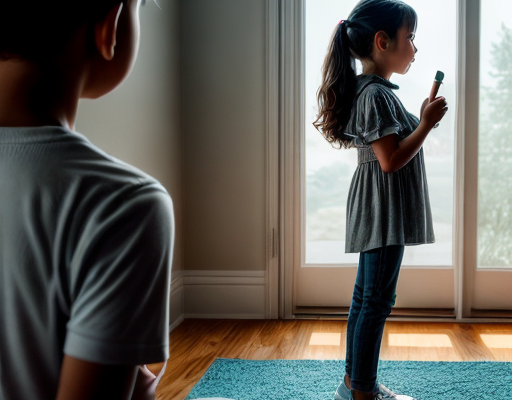
Mastering the Art of Positive Discipline
Mastering the Art of Positive Discipline
Introduction
Positive discipline is a parenting approach that focuses on teaching children appropriate behaviors and life skills while fostering a strong parent-child relationship. It is based on mutual respect, understanding, and empathy. Unlike traditional punitive discipline, which relies on fear and punishment, positive discipline aims to guide children by setting clear expectations, providing consistent boundaries, and using effective communication strategies.
The Principles of Positive Discipline
1. Mutual Respect
Respect is the foundation of positive discipline. It involves recognizing and valuing the child as an individual with thoughts, feelings, and opinions. Parents should model respectful behavior and treat their children with dignity, even in challenging situations.
2. Connection and Empathy
Positive discipline emphasizes building a strong emotional bond between parent and child. Connecting with children on an emotional level and showing empathy helps them feel understood and supported. This, in turn, motivates them to cooperate and engage in positive behavior.
3. Clear Expectations
Setting clear expectations helps children understand what behavior is expected of them. Parents should communicate rules and boundaries in a calm and consistent manner, ensuring that they are age-appropriate and developmentally appropriate.
4. Natural Consequences
In positive discipline, natural consequences are used instead of punishment. When a child makes a mistake or engages in improper behavior, the consequence should be related and reasonable. This allows children to learn from their actions and make better choices in the future.
5. Problem-Solving Skills
Positive discipline aims to develop children’s problem-solving skills and critical thinking abilities. Instead of solving problems for them, parents should encourage their children to brainstorm solutions, weigh the pros and cons, and make their own decisions.
6. Effective Communication
Positive discipline requires effective communication between parent and child. This involves active listening, using positive language, and using open-ended questions to encourage dialogue. It is important to avoid criticism, blame, and judgment, as these can harm the parent-child relationship.
Practical Tips for Positive Discipline
1. Be a Role Model
Children learn by observing their parents’ behavior. Model the behavior you want to see in your children, such as kindness, respect, and problem-solving skills.
2. Set Clear Expectations
Clearly communicate your expectations for your child’s behavior. Use simple language and be specific about what you want them to do or not do. Make sure the expectations are age-appropriate and reasonable.
3. Use Positive Language
Use positive language to reinforce good behavior. Instead of saying “Don’t run,” say “Walk, please.” This helps children focus on what they should do instead of what they shouldn’t do.
4. Give Choices
Offering choices gives children a sense of control and autonomy. Instead of saying “Put on your coat,” ask “Would you like to wear the red coat or the blue coat?” This encourages cooperation and reduces power struggles.
5. Use Natural Consequences
Allow children to experience the natural consequences of their actions whenever possible. For example, if they forget their homework, let them face the consequences at school rather than punishing them at home.
6. Encourage Problem-Solving
When faced with a problem, encourage your child to come up with solutions. Ask open-ended questions like “How do you think we can solve this?” and support them in brainstorming ideas.
7. Practice Active Listening
Show genuine interest in your child’s thoughts and feelings by practicing active listening. Give them your full attention, maintain eye contact, and validate their emotions.
8. Use Time-In instead of Time-Out
Instead of using time-outs as a punishment, consider using time-ins as a way to calm down and reconnect. Sit with your child in a quiet and safe space until they are ready to talk about what happened.
9. Foster Emotional Intelligence
Teach your child to identify and express their emotions in a healthy way. Encourage them to talk about how they feel and validate their emotions, even if you don’t agree with their behavior.
10. Practice Self-Care
Parenting can be challenging, and it is important to take care of yourself. Make time for self-care activities that help you relax and recharge. A calm and positive parent is better equipped to practice positive discipline.
Conclusion
Mastering the art of positive discipline takes time, patience, and practice. By adopting the principles of mutual respect, connection, clear expectations, natural consequences, problem-solving skills, and effective communication, parents can create a nurturing and supportive environment that promotes their child’s healthy development and fosters a strong parent-child relationship.

